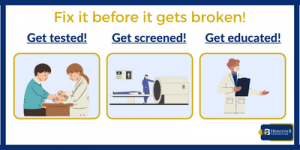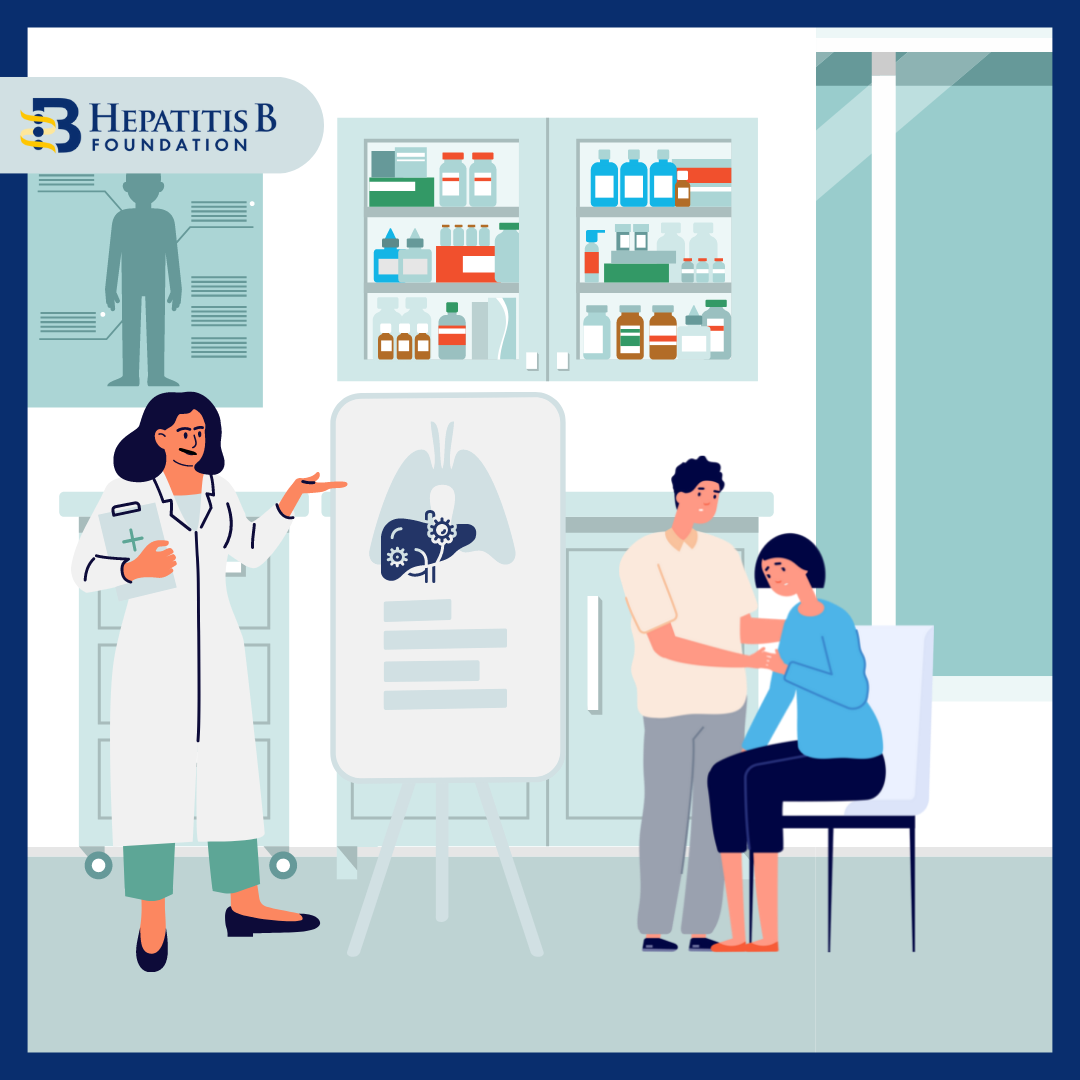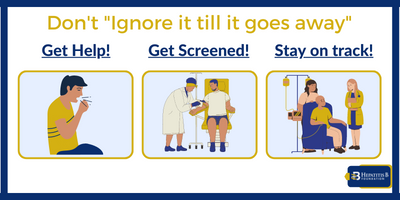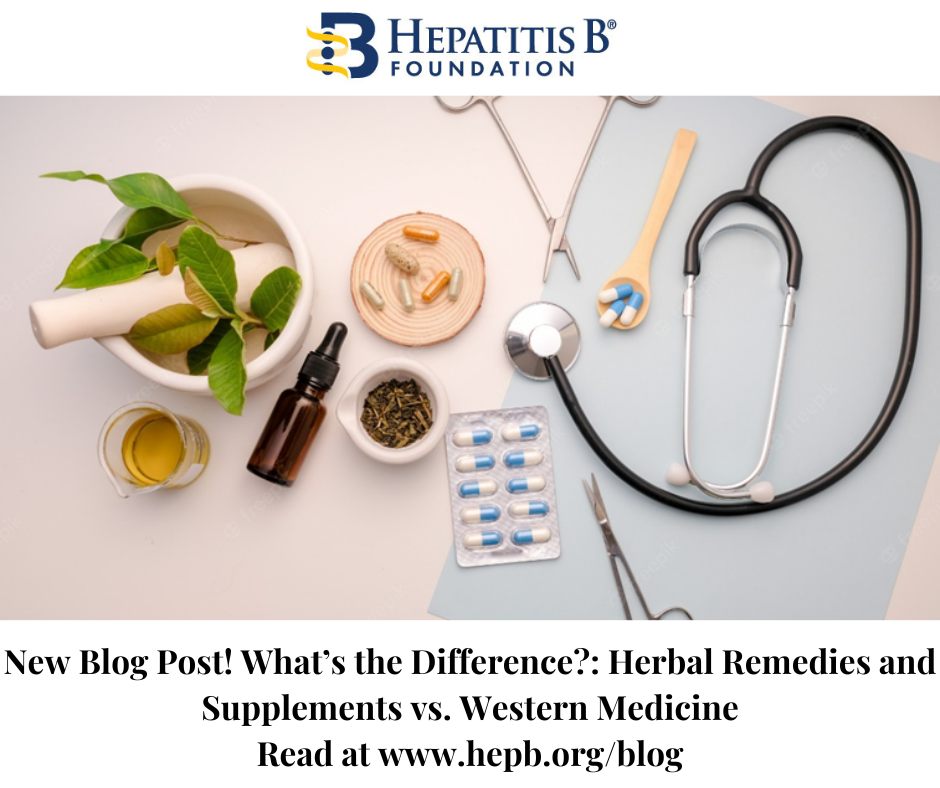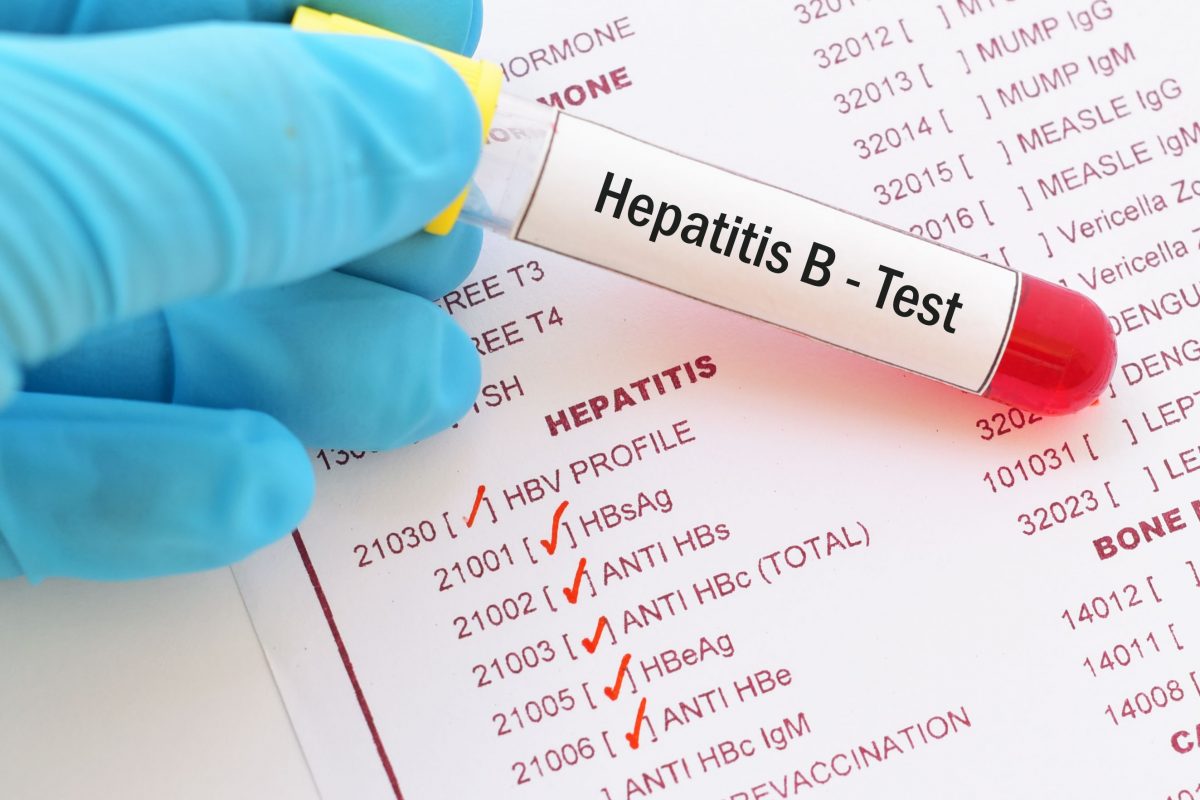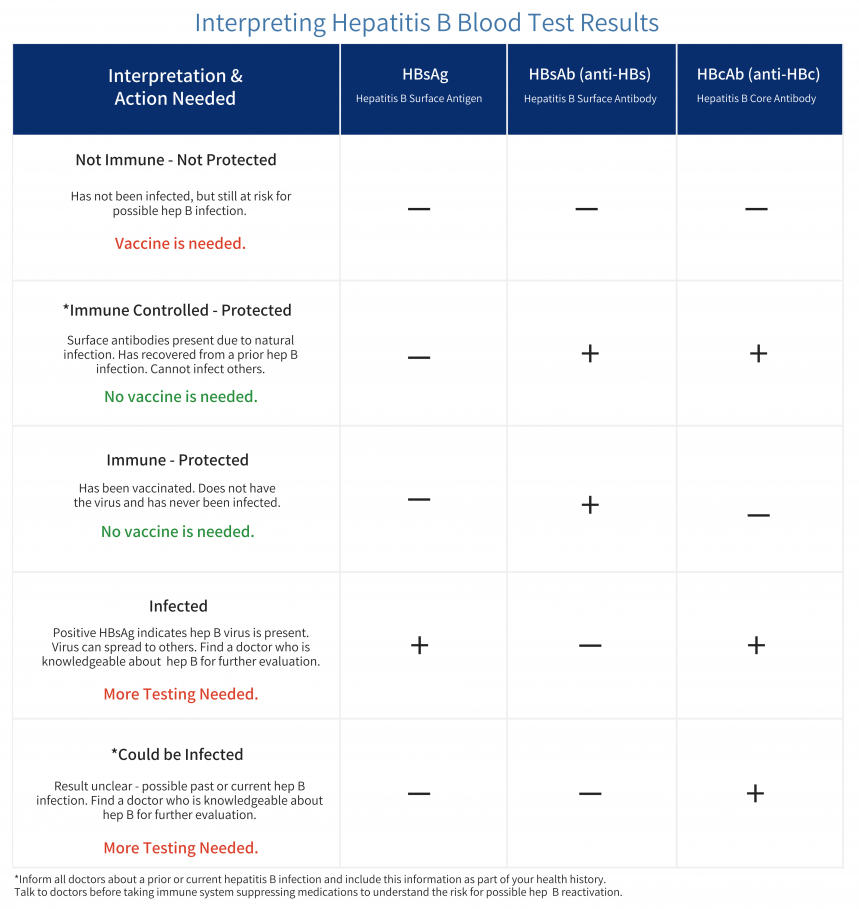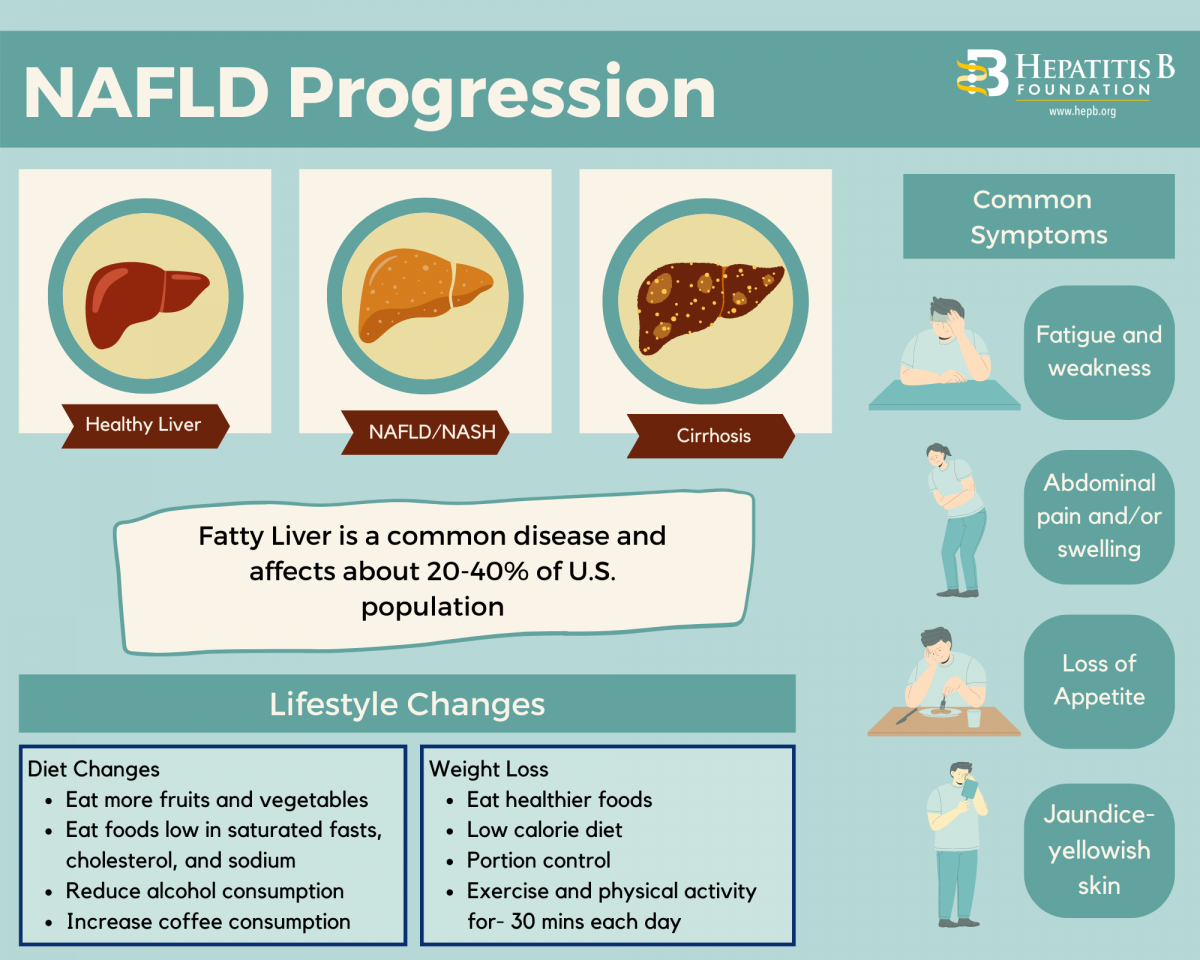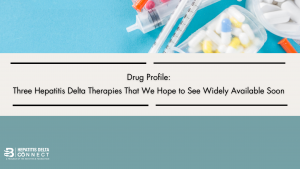
The full extent of hepatitis delta’s (HDV) global disease burden is still unknown and treatment options for HDV have been limited. However, there are three promising up-and-coming drugs to treat HDV patients. This blog post details the drugs’ current phase of development and testing, how well they work for patients in the real world, and their current path toward regulation and market availability.
Bulevirtide (Hepcludex)
Gilead Sciences Inc. has been seeking approval from the U.S. Food and Drug Administration (FDA) for bulevirtide, or Hepcludex, since 2021. In 2020, Gilead acquired MYR, a German pharmaceutical company that had developed the hepatitis delta virus (HDV) drug. At the time that it was acquired, Hepcludex had already been conditionally authorized for use in Germany, France, and Austria (MYR Pharmaceuticals, 2020). Gilead, which is based in California, in the U.S., hoped to accelerate the global launch of Hepcludex. Since then, however, Hepcludex remains in regulatory limbo. In October 2022, the FDA announced the rejection of Hepcludex, citing concerns around the manufacturing and delivery of the drug. Gilead responded by stating that they plan to resubmit Hepcludex for approval as soon as possible (Dunleavy, 2022). Six months after the FDA rejection, the Committee for Medicinal Products for Human Use, which is the European Medicines Agency’s (EMA’s) committee responsible for conveying its opinions on medicinal products to the public, stated that it recommends Hepcludex for full marketing authorization in Europe. Since its conditional approval, a Phase 3 trial (which utilized data from patients in Germany, Italy, Russia, Sweden, and the U.S.) has shown it to be safe and effective for HDV patients. If the European Commission fully approves Hepcludex, it will be the only authorized HDV treatment available in Europe (Dunleavey, 2023).
Lonafarnib
At the end of 2022, Eiger Biopharmaceuticals announced that lonafarnib reached an important milestone in its phase 3 trial.
The trial includes two regimens in patients with chronic HDV:
- 1. Lonafarnib boosted with ritonavir, a protease inhibitor, which interferes with the ability of certain enzymes to break down proteins, often used in combination with other therapies for antiviral activity (this is an all-oral therapy), and
- 2. Lonafarnib in combination peginterferon alfa, an antiviral and immunosuppressive, which either completely or partially suppresses the immune system, often used to treat hepatitis B (HBV) and hepatitis C (HCV) patients (this is a combination therapy).
Both treatment arms showed statistical significance over the placebo arm of the trial. The placebo arm is used as a control in drug testing and has no therapeutic effect on patients. The results showed three noteworthy findings: 1. After 48 weeks (about 11 months) of treatment with the all-oral regimen, a small number of patients may achieve reduced viral load and improved liver function. 2. Combining lonafarnib and ritonavir with peginterferon alfa showed the potential to almost double the effectiveness of the drugs. 3. Combination treatment may lead to significant liver tissue improvement. Researchers found that most adverse symptoms related to treatment were either mild or moderate in severity, with gastrointestinal issues being the most frequent (Eiger Biopharmaceuticals, 2022).
Peginterferon Lambda
In June 2023, the results of a phase 2 trial looking at the safety and efficacy of peginterferon lambda (also an Eiger Biopharmaceuticals product) in HDV patients were published. Previously, peginterferon lambda showed a good tolerability profile (or the degree to which patients can tolerate negative treatment symptoms) in patients with HBV and HCV when compared to peginterferon alfa. In this trial, patients received 120-mcg or 180-mcg peginterferon lambda injections over 48 weeks, followed by 24 weeks of post-treatment follow-up. Researchers found that 180-mcg injections were more effective in HDV patients compared to the 120-mcg injections group. Results showed that with 48 weeks of 180 mcg treatment, patients showed a significant reduction in HDV RNA, the molecules responsible for perpetuating the virus in HDV patients. 36% of patients’ HDV RNA levels were undetectable. Some of the adverse symptoms patients experienced were flu-like symptoms and elevated transaminase levels, or enzymes that are related to a fatty liver. Most adverse symptoms were mild or moderate in nature and were resolved without additional treatment (Etzion et al, 2023).
These three drug therapies show promise for HDV patients. Hepcludex is well on its way to becoming fully authorized in Europe after its three-year conditional approval and recent Phase 3 trial results. Lonafarnib’s phase 3 trial results are encouraging and Eiger, its manufacturer, plans to begin meeting with regulatory agencies, such as FDA and EMA, to discuss regulatory submissions (Eiger Biopharmaceuticals, 2022). Peginterferon lambda has shown a higher tolerability in patients with a lower adverse event rate than peginterferon alfa, which has been modestly used for the treatment of HDV over the past several decades (Etzion et al, 2023). Peginterferon lambda still has a ways to go before regulatory discussions, considering that results have just been published from its Phase 2 trial. Typically, in Phase 2 trials, researchers seek to learn whether the treatment they are studying is effective in fighting the disease. Phase 3 will test whether peginterferon lambda is more effective than already available, standard treatments. Hopefully, these three drugs continue to show positive results for HDV patients and will become widely available over the next few years. There are a number of other HDV drugs currently in development, but these are still in the early stages of clinical trial testing. You can stay up to date on the latest developments of these drugs by checking out the Hepatitis Delta Connect Drug Watch page.
Dunleavy, K. (2022, October 28). Gilead hits surprise FDA rejection for hepatitis D drug already authorized in Europe for 2 Years. Fierce Pharma. https://www.fiercepharma.com/pharma/gilead-gets-fda-rejection-hepatitis-d-drug-already-authorized-europe-two-years
Dunleavy, K. (2023, May 5). After FDA rejection, Gilead’s Hepcludex looks set for full EU NOD. Fierce Pharma. https://www.fiercepharma.com/pharma/gileads-hdv-drug-hepcludex-gets-thumbs-chmp
Eiger announces both lonafarnib-based treatments in pivotal phase 3 D-LIVR trial in Hepatitis Delta virus (HDV) achieved statistical significance against Placebo in composite primary endpoint. Eiger BioPharmaceuticals. (n.d.). https://ir.eigerbio.com/news-releases/news-release-details/eiger-announces-both-lonafarnib-based-treatments-pivotal-phase-3
Etzion, O., Hamid, S., Lurie, Y., Gane, E. J., Yardeni, D., Duehren, S., Bader, N., Nevo-Shor, A., Channa, S. M., Cotler, S. J., Mawani, M., Parkash, O., Dahari, H., Choong, I., & Glenn, J. S. (2023). Treatment of chronic hepatitis D with peginterferon lambda-the phase 2 LIMT-1 clinical trial. Hepatology (Baltimore, Md.), 77(6), 2093–2103. https://doi.org/10.1097/HEP.0000000000000309
MYR Pharmaceuticals. (2020, September 17). Myr Pharmaceuticals launches HEPCLUDEX® in Germany, France and Austria. PR Newswire: press release distribution, targeting, monitoring and marketing. https://www.prnewswire.com/news-releases/myr-pharmaceuticals-launches-hepcludex-in-germany-france-and-austria-301133006.html


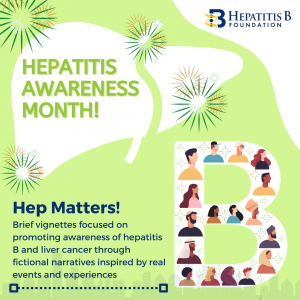

 Amina asked her doctor how she could get rid of this virus. Her doctor explained to her that there is no cure for hepatitis B, but antiviral treatment options do exist. While she may not be able to completely get rid of the virus, she can help protect herself from serious conditions such as hep B related cirrhosis or liver cancer with treatment. Amina’s doctor encouraged her to get treatment to prevent any serious problems from occurring. He also mentioned that treatment for hepatitis B is safe and effective. This did not make any sense to Amina. She thought to herself that if a treatment wouldn’t cure her of the disease, then there is no point in taking it. She felt healthy and did not show any symptoms. After the doctor suggested treatment options, she said that she will wait for the cure.
Amina asked her doctor how she could get rid of this virus. Her doctor explained to her that there is no cure for hepatitis B, but antiviral treatment options do exist. While she may not be able to completely get rid of the virus, she can help protect herself from serious conditions such as hep B related cirrhosis or liver cancer with treatment. Amina’s doctor encouraged her to get treatment to prevent any serious problems from occurring. He also mentioned that treatment for hepatitis B is safe and effective. This did not make any sense to Amina. She thought to herself that if a treatment wouldn’t cure her of the disease, then there is no point in taking it. She felt healthy and did not show any symptoms. After the doctor suggested treatment options, she said that she will wait for the cure.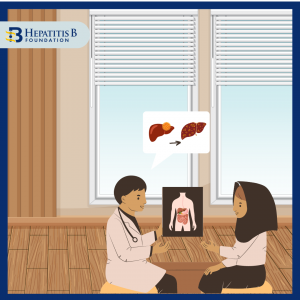 After moving to the U.S., Amina had gotten busy with school and work and did not follow up with her primary care doctor for years. Amina experienced stomach pains from time to time but they often went away on their own. On one occasion, her stomach pain worsened. She had to take a few days off from work to get better using home remedies, but they didn’t help. Finally, she went to the doctor’s office to learn more. She discovered that she had liver cancer. Her doctor referred her to a hepatologist (a liver specialist) for further treatment.
After moving to the U.S., Amina had gotten busy with school and work and did not follow up with her primary care doctor for years. Amina experienced stomach pains from time to time but they often went away on their own. On one occasion, her stomach pain worsened. She had to take a few days off from work to get better using home remedies, but they didn’t help. Finally, she went to the doctor’s office to learn more. She discovered that she had liver cancer. Her doctor referred her to a hepatologist (a liver specialist) for further treatment. 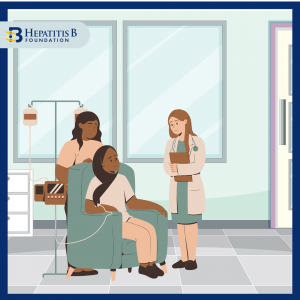 The hepatologist explained to Amina that hepatitis B can lead to liver cancer without monitoring and treatment. Even though a cure is not available, treatment options do exist, and they help in slowing and preventing serious liver disease, liver damage or liver cancer. If Amina had started antiviral treatment on time, she could have saved her liver. The doctor recommended chemotherapy for Amina to treat the cancer. Not only did her medical bills go up but Amina felt physically and mentally exhausted by the procedures. She advocates for everyone living with hepatitis B to get treatment if they need it and not wait for the cure. She also participates in advocacy efforts to make treatment options more affordable for people living with hepatitis B.
The hepatologist explained to Amina that hepatitis B can lead to liver cancer without monitoring and treatment. Even though a cure is not available, treatment options do exist, and they help in slowing and preventing serious liver disease, liver damage or liver cancer. If Amina had started antiviral treatment on time, she could have saved her liver. The doctor recommended chemotherapy for Amina to treat the cancer. Not only did her medical bills go up but Amina felt physically and mentally exhausted by the procedures. She advocates for everyone living with hepatitis B to get treatment if they need it and not wait for the cure. She also participates in advocacy efforts to make treatment options more affordable for people living with hepatitis B.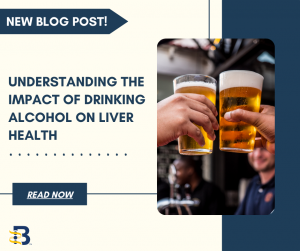




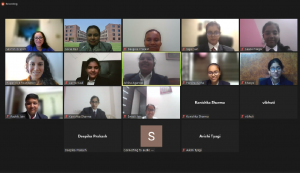
 Yufei Zhao is 45 years old and lives with his family in Philadelphia, Pa. Yufei discovered that he had hepatitis B when he attended a community health fair with his family. Even though he was instructed to talk about his diagnosis with a doctor and learn more about possible treatment options, Yufei decided to do nothing as he did not feel sick. While he has health insurance through his employer, he never utilizes any health care services. He often skips annual wellness visits as he says he “never gets sick.”
Yufei Zhao is 45 years old and lives with his family in Philadelphia, Pa. Yufei discovered that he had hepatitis B when he attended a community health fair with his family. Even though he was instructed to talk about his diagnosis with a doctor and learn more about possible treatment options, Yufei decided to do nothing as he did not feel sick. While he has health insurance through his employer, he never utilizes any health care services. He often skips annual wellness visits as he says he “never gets sick.”  A few weeks ago, Yufei’s family noticed that he has been skipping meals frequently saying he’s full or not hungry. At his daughter’s urging, he decided to go for a visit. After conducting some more tests, his doctor explained that the chronic infection with the hepatitis B virus had progressed substantially, and he had developed cirrhosis. After an MRI diagnosis, it was revealed that Yufei had liver cancer
A few weeks ago, Yufei’s family noticed that he has been skipping meals frequently saying he’s full or not hungry. At his daughter’s urging, he decided to go for a visit. After conducting some more tests, his doctor explained that the chronic infection with the hepatitis B virus had progressed substantially, and he had developed cirrhosis. After an MRI diagnosis, it was revealed that Yufei had liver cancer The Hepatologist (liver doctor) explained to Yufei that the liver is an important organ and acts as a cleaning system for the body. It removes toxic waste, purifies blood, and helps to digest food properly. When the virus entered the liver, it made many copies of itself and started attacking healthy liver cells. This led to inflammation and weakened the ability of the liver to carry out its most essential tasks. Because he was never monitored for hepatitis B, the virus allowed tumors to grow in the liver which caused the cancer. When the tumors grow in size or number, it eventually spreads to other parts of the body and disrupts other vital processes as well.
The Hepatologist (liver doctor) explained to Yufei that the liver is an important organ and acts as a cleaning system for the body. It removes toxic waste, purifies blood, and helps to digest food properly. When the virus entered the liver, it made many copies of itself and started attacking healthy liver cells. This led to inflammation and weakened the ability of the liver to carry out its most essential tasks. Because he was never monitored for hepatitis B, the virus allowed tumors to grow in the liver which caused the cancer. When the tumors grow in size or number, it eventually spreads to other parts of the body and disrupts other vital processes as well. The doctor mentioned that liver cancer is often called the silent disease because symptoms may not always be present. Even with a hepatitis B, a person could look or feel okay but that does not mean the virus isn’t active and causing damage. When the symptoms do show up, it might be too late to prevent liver cancer. After discussing his options with the doctor, Yufei learned that the best treatment for him was to get a liver transplant.
The doctor mentioned that liver cancer is often called the silent disease because symptoms may not always be present. Even with a hepatitis B, a person could look or feel okay but that does not mean the virus isn’t active and causing damage. When the symptoms do show up, it might be too late to prevent liver cancer. After discussing his options with the doctor, Yufei learned that the best treatment for him was to get a liver transplant. 